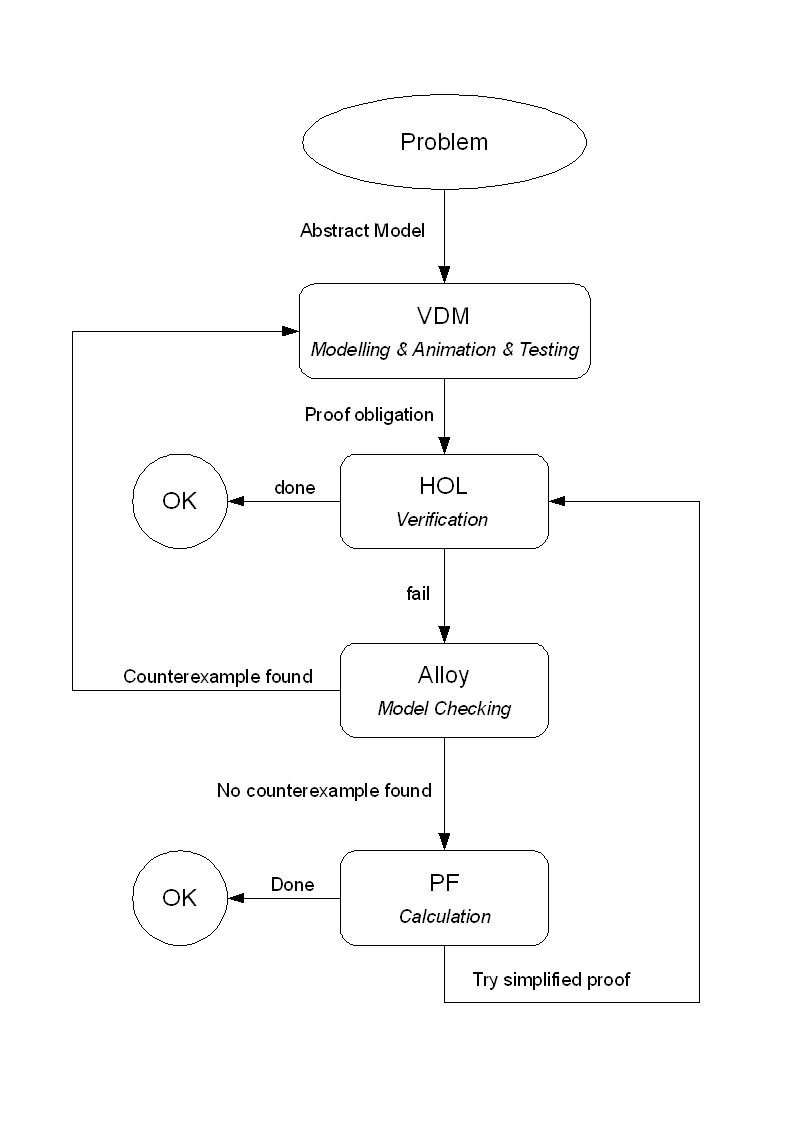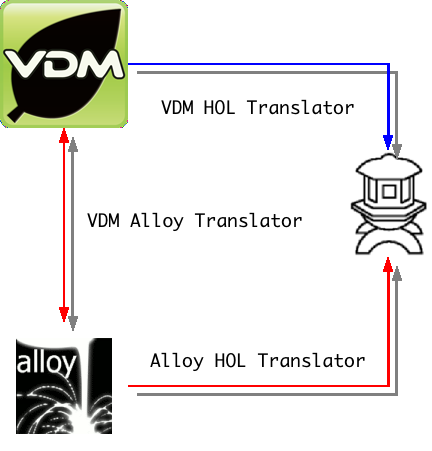|
Contents
Verifiable FilesystemThe formal methods community has decided to challenge software developers to use formal methods techniques, in order to specify/model "big" software systems. Such software artifacts would then be a part of the Verifiable Software Repository. One of the challenges released intended to specify the standard POSIX 1003.1, which is in fact an enormous task. So, Rajeev Joshi and Gerard J. Holzmann have proposed a so-called mini-challenge that focus on building a verifiable file system that follows the POSIX guide lines. Furthermore, the proponents of the mini-challenge have also introduced a project carried out at NASA Jet Propulsion Laboratory, whose goal is to build such a verifiable file system but designed for use directly in Flash Memories. The main goal of this project is to respond to such a mini-challenge, taking in account the Flash Memory specific aspects including hardware support for the file system, following established techniques as well as new insights on how to use and apply formal methods in a system wide development.Publications
Modeling and Verifying a File System with JournalingIn a simplified approach, we used Alloy and point free manual proofs to build and verify a file system model with journaling functionality. We started with a high level file system model and refined it into a low-level implementation over an array of nodes. See J.N. Oliveira and M.A. Ferreira. Alloy Meets the Algebra of Programming: a Case Study. Journal paper. IEEE Trans. on Soft. Engineering, 2012 (in print) for a full explanation of the Alloy model.All-in-one Verification Life-cycleOur approach resorts to the VDMTools proof obligation generator and the VDM to HOL translator developed by Sander Vermolen. The VDM to Alloy conversion is manual. In this "all-in-one" approach, modeling and testing takes place in the VDM phase. Alloy is particularly helpful in finding counter examples to proof obligations.
Verifying Intel Flash File System CoreFile System Layer ModelsThere has been a restructuring of all models, and for that, some of them aren't available yet. If you are looking for any thing ins specific please contact us.VDM++
Alloy
VDM++ adapted for VdmHolTranslator and HOL translationModel
Proof Obligations
HOL (hand written)
Proof attempts by hand (point free style)
VDM to HOL model and proof obligation translationOne recent addition to the Overture project is an Automatic Proof Support system, developed by Sander Vermolen. In our work we make much use of this system's translator, as well as the proof tactics. We have contributed in widening the translator VDM++ syntax knowledge, implementing some basic (but essential to have recursive functions translated) operators like hd (head), tl (tail), len (length) and ^(concatenation). Another contribution is the pre-processing script and parsers, that allow us to automaticaly pre process a VDM++ model to be translated (including its proof obligations), the complete package with source can be found here.Team
Web ReferencesFlash File System
POSIX File Store (GC)
Formal Methods Projects and ToolsConferences and Workshops
Other Project Activities |
LinksNews Flash
|
Ideas, requests, problems regarding TWiki? Send feedback


